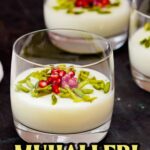
Who doesn’t love a milk based dessert? I certainly do. The milk pudding known as muhallebi or mahalabia is as good as they come. Light, gently flavoured and super easy to make at home, this recipe for muhallebi is one I always come back to.
Getting a cup of muhallebi at one of Istanbul’s many patisseries is a bit of a gamble.
Sure, it’s almost always delicious. But the level of sweetness and perfume (courtesy of the rose water flavouring) may vary substantially.
Lucky then, that this milk pudding of Persian origin is super easy to make at home!
A brief history of mahalabia and muhallebi
It’s said that muhallebi gained prominence when a Persian cook served it to the Arab general by the name of al Muhallab bin Abi Sufra in the 7th century. The general loved it so much, he ever so humbly named it after himself. (No one knows the name of the cook.)
On the other hand, halib is also the Arabic word for milk, so perhaps we should take that story with a pinch of salt (or sugar).
The earliest recorded recipes date back around a thousand years. Since the beginning, there have been multiple ways of making this delicious milk pudding or custard. The main ingredient is always fresh milk, but the thickener varies.
Mashed rice was likely the most common, and remains a popular choice today. Another version is made with eggs, making the dessert a type of custard.
A third, and perhaps most curious to readers less familiar with Turkish cuisine, is with rice and tiny pieces of chicken meat! This version remains popular in Turkey to this day, now simply called tavuk göğüsü, literally “chicken breast”.
The Ottomans loved their desserts, and considered them as important to any meal as meat and rice. Muhallebi was a firm favourite of sultans, even though fresh milk was difficult to source in Istanbul until the 17th century. According to Marianna Yerasimos’ seminal book on Ottoman cuisine, muhallebi “was never absent from the Sultan’s sofra” (sofra being the Turkish word for dinner table) and was among the most popular dishes at public celebrations.
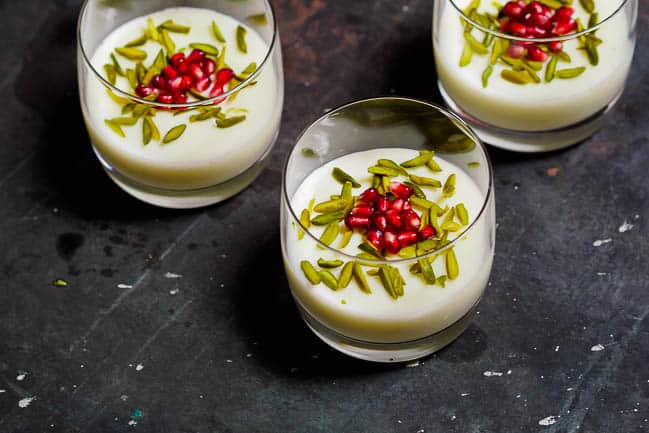
All that being said, milk puddings are common across the world. Muhallebi is certainly not specifically Turkish, just like mahalabia isn’t specific to the Arab world. For example, the dish is also linked to Sephardi Jewish culture, where it’s associated with the Yom Kippur holiday and weddings.
Turks do have a special place in their hearts for milk pudding based desserts, however. So much so, that there’s an entire shop concept dedicated to the sale of them!
In Turkey, you can find muhallebici shops all across the country. These are cafés devoted primarily to selling various versions of milk pudding. They may also serve a range of other sweets and, in the winter months, are a great place to enjoy salep.
Historically, these shops were unusual also from a gender perspective. Old-school coffee houses were a domain reserved for the men only. However, muhallebi shops were frequented by both women and men.
How to make mahalabia
Mahalabia is a very simple milk based pudding, thickened with rice or starch. It takes only a few minutes to make, then needs a few hours to set.
Traditionally, a thick rice paste made from broken rice grains known as sübye is used to thicken the dessert. This being a laborious and lengthy process, however, most home cooks opt for simpler options such as rice flour or corn starch.
Muhallebi connoisseurs will argue that the traditional method is far superior, but quite frankly I find my homemade version made with corn starch to be at least as delicious as the ones you find in muhallebi shops. For those who prefer to use rice flour, I’ve given alternative amounts in the recipe notes. Note that a mahalabia made with rice flour may not set as strongly as starch based ones.
As I’ve alluded to above, buying muhallebi from a dessert shop is like a game of sweetness roulette. You never know what you’re going to get. Barely sweetened, sickly sweet – or somewhere in between.
I prefer to keep my muhallebi on the less sweet side. You can always top with a spoonful or two of honey if you find you’d like it a little sweeter. If you know you have a sweet tooth, you may want to add a little more sugar than what I do.
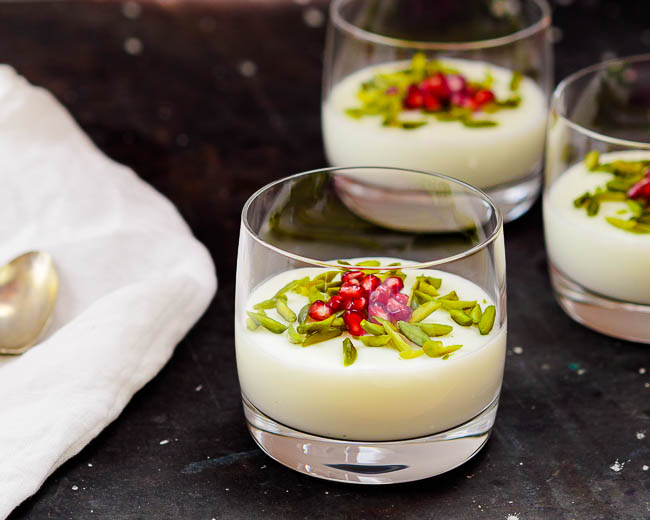
According to Turkish food historian Musa Dağdeviren, muhallebi is best when made with buffalo milk and stone milled rice flour. It’s hard to disagree. However, that’s not necessarily practical in the modern day and age.
Personally, I use a good quality organic whole milk (Ada Organik, if you’re in Turkey and wondering). It’s naturally sweet and delicious, though I’ve also made muhallebi with regular supermarket milk. It also turned out fantastic. So while I do recommend dishing out a few cents extra for good quality milk when making this dish, don’t get discouraged if you can only get hold of regular commercial supermarket milk.
But enough on the technical points.
How should you flavour your mahalabia?
The most traditional flavouring is a few drops of rose water, lending a mildly perfumed flavour to the dessert. Indeed, upon writing about the dessert for Norwegian business daily DN, I simply titled the piece “Perfumed pudding”.
To outsiders new to the flavour, the first association upon smelling or tasting it may be your grandmother’s rather than anything you’d usually eat. Once you get used to the flavour, however, you’ll find it strangely addictive and delicious!
Beware that rose water can be quite pungent. If you’re not used to using it, be careful the first time. If you realise you didn’t put enough, you can always put more next time. Because I promise, there will be a next time.
Rose water is easily available from Middle Eastern grocers. Orange blossom water can easily be substituted. If you can’t find either, you can also keep your muhallebi plain, or simply add a little vanilla or cardamom. Also delicious!
In Turkey, another classic flavouring for muhallebi is mastic, a plant resin from mastic trees. These are primarily grown on the Greek island of Chios, where the production is protected by the EU designated origin.
The resin is highly prized, but short in supply and therefore also highly priced. However, you’ll need very little. Musa Dagdeviren suggests ¼ teaspoon per litre of milk. In Turkish, this is called sakızlı muhallebi.
How to serve muhallebi
Once your muhallebi is set, it’s time to decorate it!
Pistachios are highly prized in all regions where muhallebi is part of the local cuisine. It’s common to top the muhallebi with some finely ground pistachios.
I also like adding a small bit of some seasonal fruit or berry, both for the visual and flavour effect. To me, that means pomegranate seeds in winter and strawberries or cherries in summer. Absolutely delicious!
If you want even more fruit than simply decoration, I’d suggest serving the fruit alongside rather than topping the mahalabia with it. Simplicity makes the dessert even more beautiful!
Alternative toppings include desiccated coconut, cinnamon or rose jam. Take your pick!
The recipe makes 4 servings.

Muhallebi (Mahalabia)
Ingredients
- 1 l whole milk
- 80 g sugar
- 70 g corn starch
- 2 tsp rose water
- 40 g pistachios (unsalted), finely chopped
- 1 small pomegranate
How I make it
- Add 900 ml (3 ½ cups) of the milk along with the sugar in a thick bottomed pot. Gently heat over medium/low heat.
- Mix the remaining 100 ml (½ cup) milk with the cornstarch until the starch is completely dissolved. As soon as the milk is about to come to the boil, add the starch mixture while stirring vigorously. The mixture will immediately thicken somewhat. Keep on the heat and continue stirring for another 3-4 minutes. This allows any flavour from the starch to "cook out". Take off the heat and add the rosewater to the mix, mixing well.
- Divide the custard among suitable dessert cups. The recipe makes 4 servings, but you can make as many large or small cups as you like. Transfer to the fridge and leave to set for at least 4 hours, preferably overnight.
- Before serving, top with pistachios and pomegranate (or your chosen topping). For a sweeter version, add a teaspoon or two of your favourite runny honey as well.
Tips & notes
A few alternative flavourings:
- Add a few crushed cardamom seeds to the milk in step 1. Remove before adding the cornstarch mixture in step 2.
- Add the seeds and pod of half a vanilla pod to the milk in step 1. Remove the pod before adding the cornstarch mixture in step 2.
- Substitute orange blossom water for the rosewater.
A few alternative toppings:
- Any seasonal fruit or berries, chopped prettily. If you’d like to have more than just for decoration, serve them on the side.
- You can substitute any nut you like for the pistachio.
- A sprinkle of desiccated coconut or cinnamon.
- A small teaspoon of rose jam or any other jam you like.


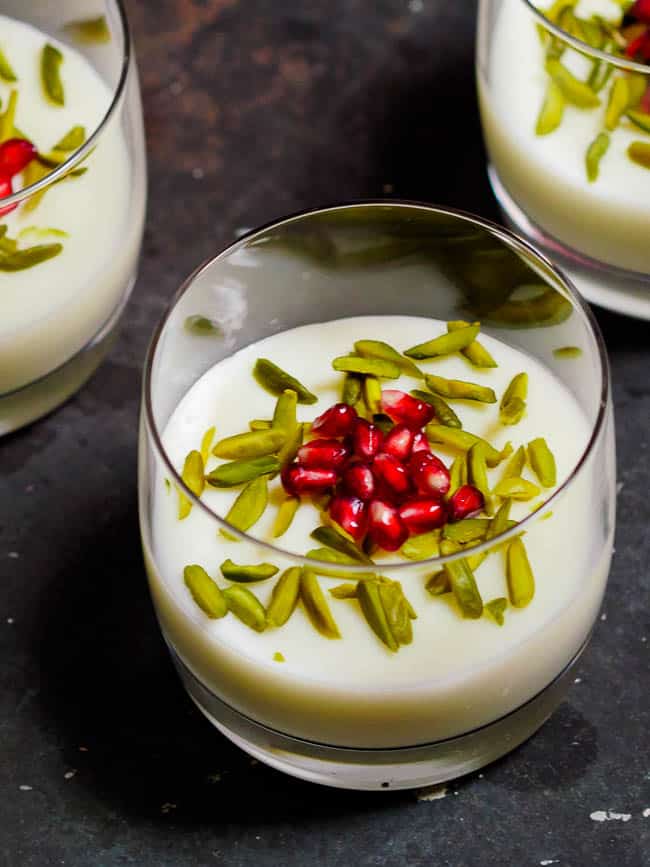


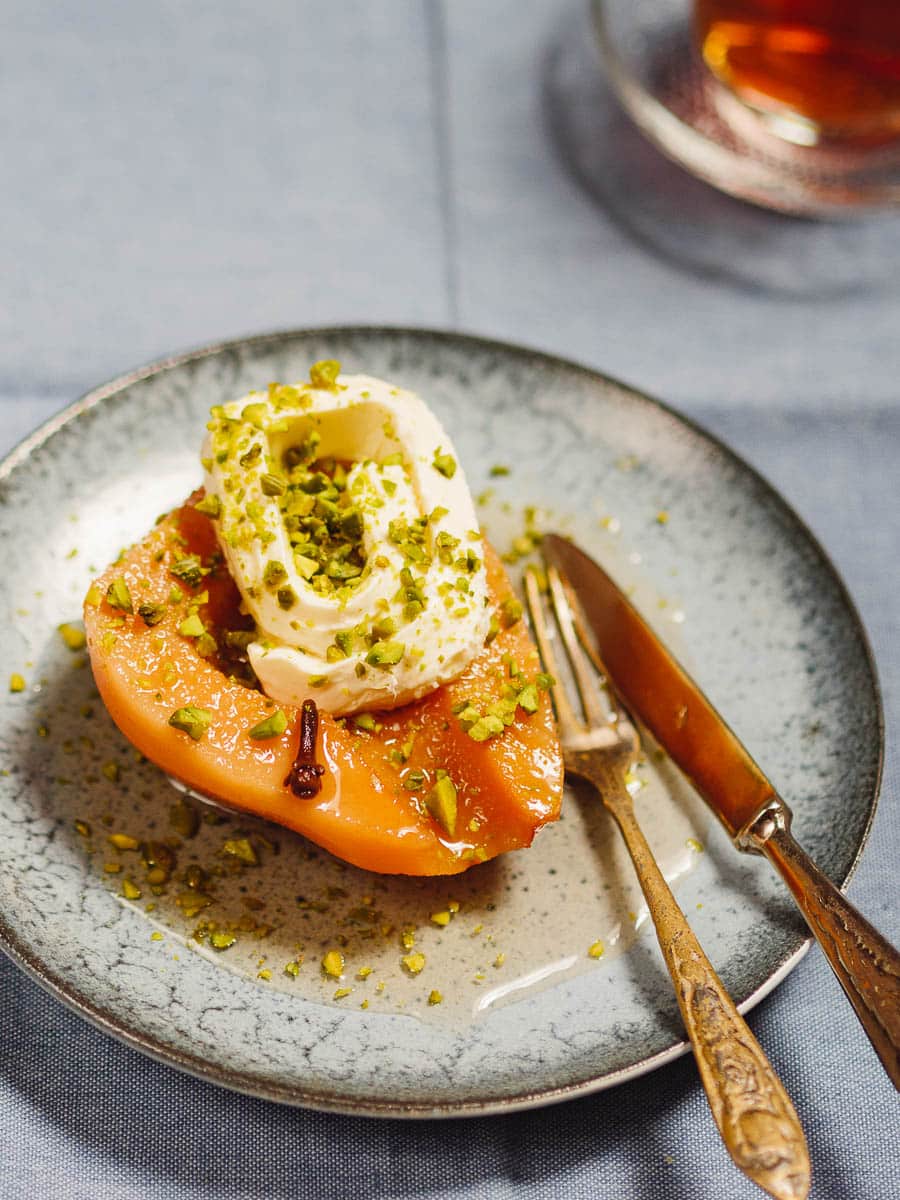
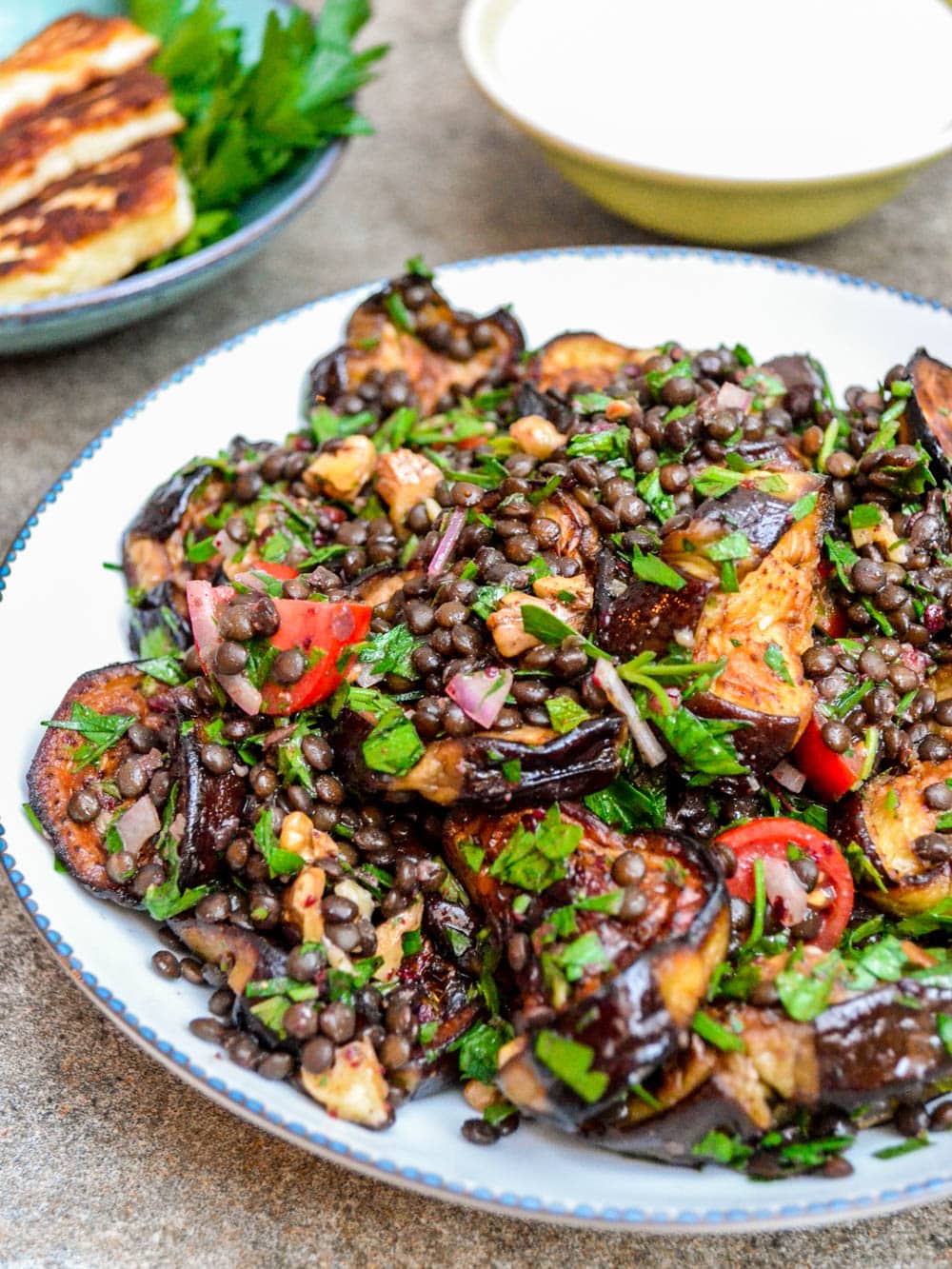
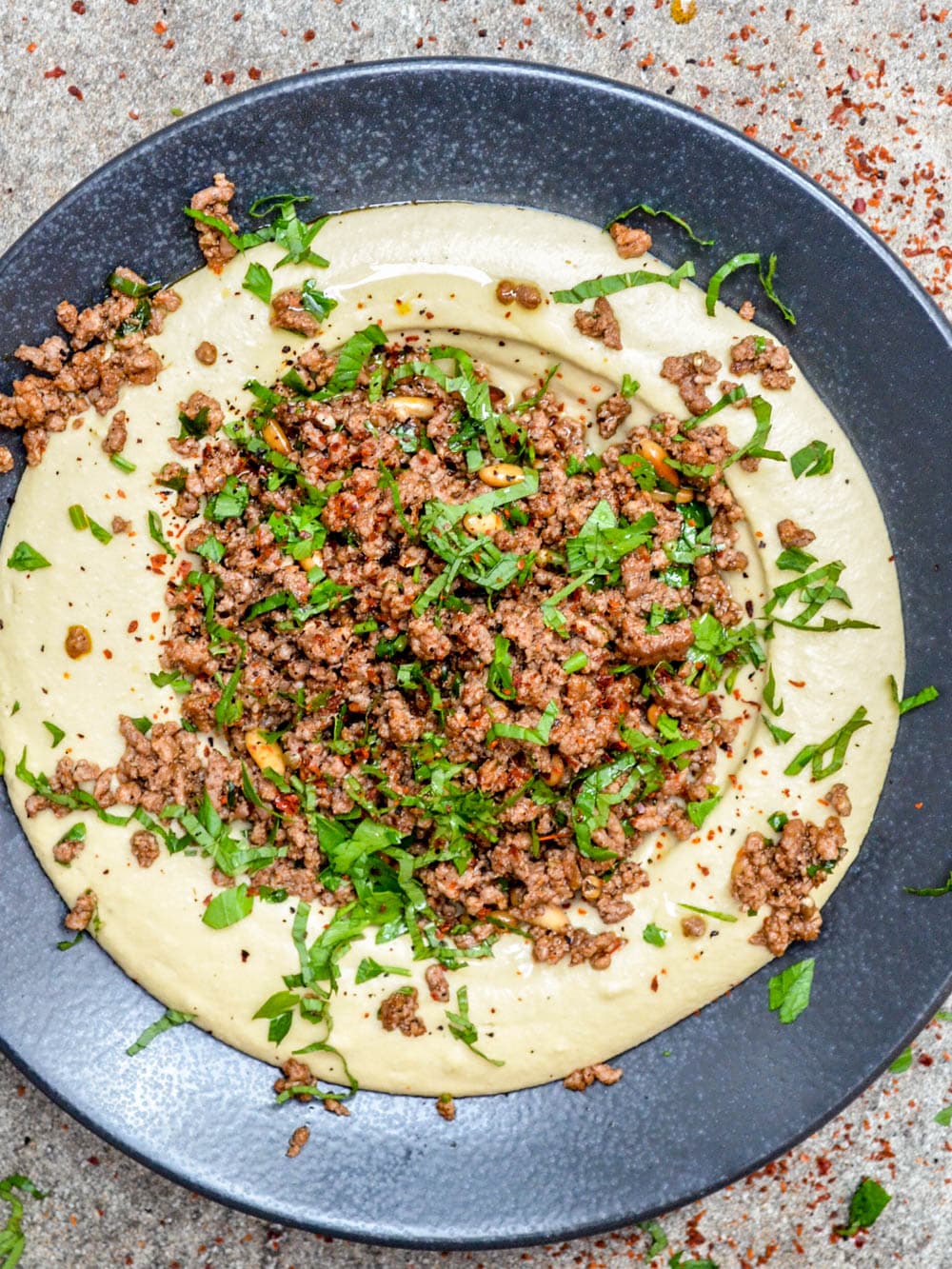
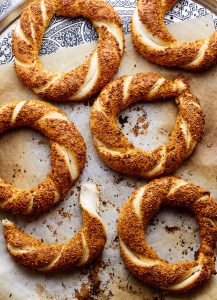
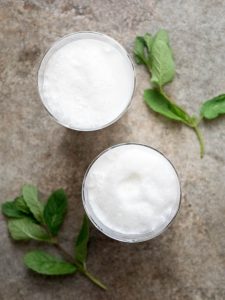
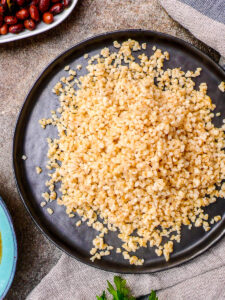




4 responses
I’ve had delicious incirli muhallebi from a milk dessert shop in Turkey. Would this involve substituting the rose water for some fig flesh?
It depends! When I’ve had incirli muhallebi it’s always been finely chopped dried fig rather than the flesh of fresh figs. I’d probably skip the rose water as you suggest, though some would prefer to keep it as well. Otherwise you can proceed as above! Good luck!
Can I make this without the sugar?
This is quite low in sugar and not particularly sweet, I would not reduce it further or it would no longer be a dessert.